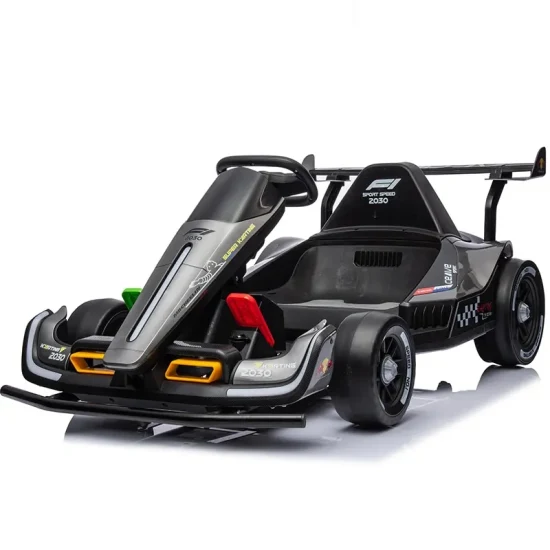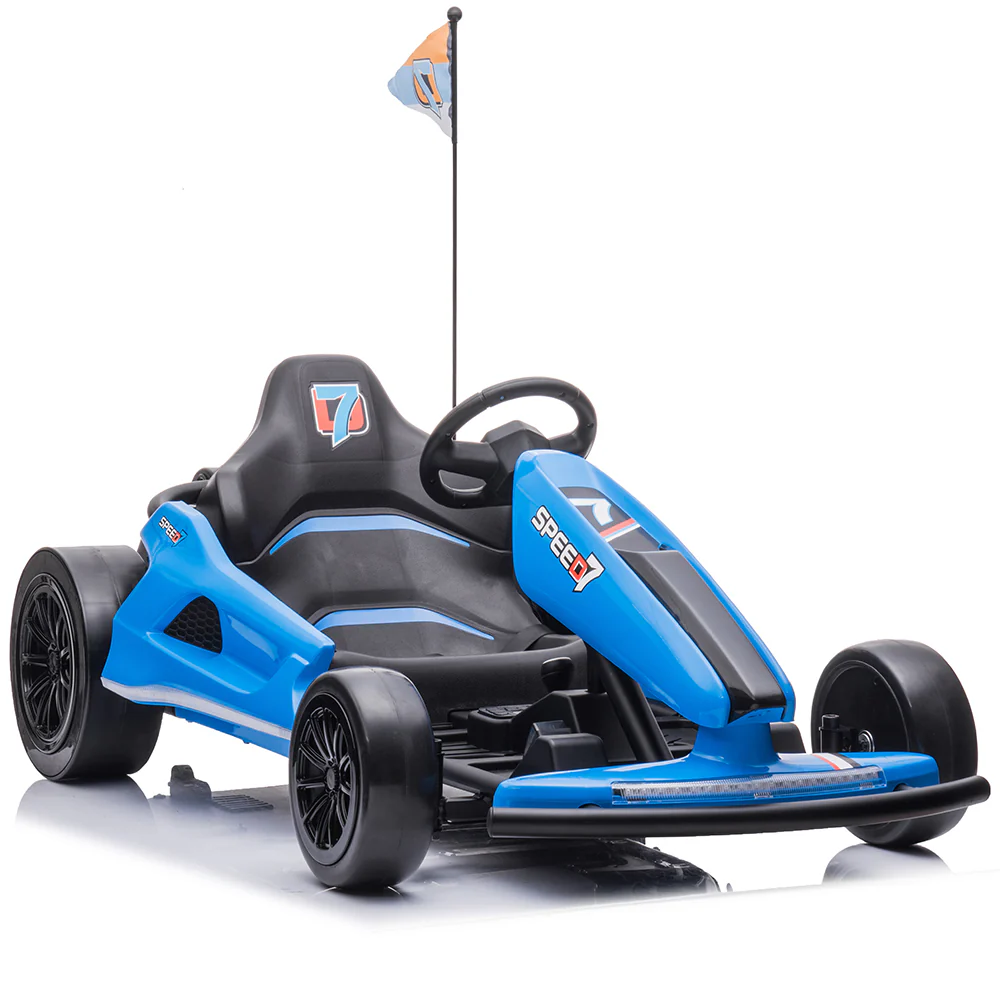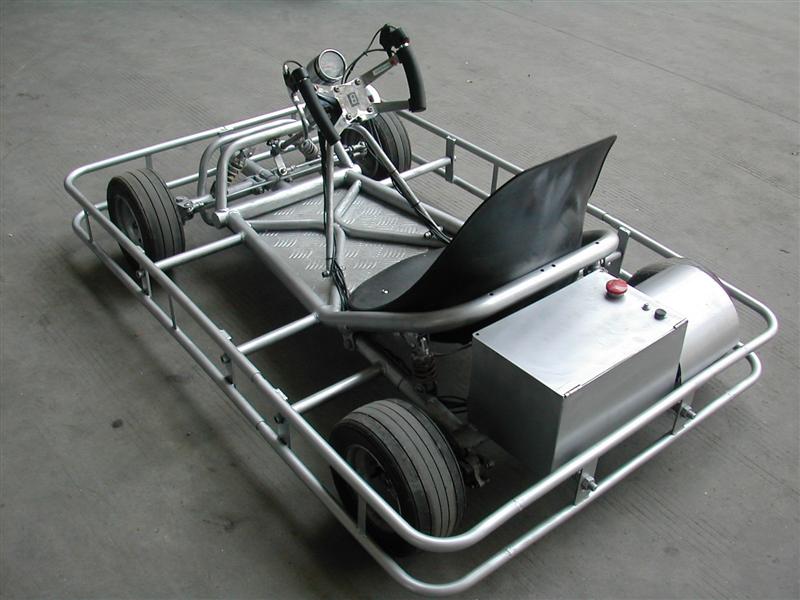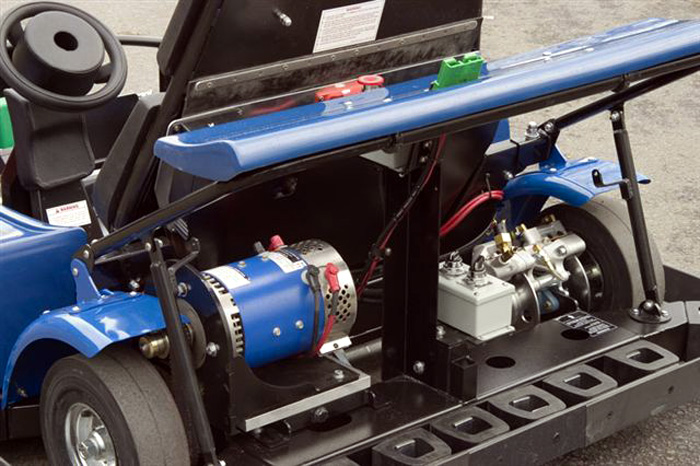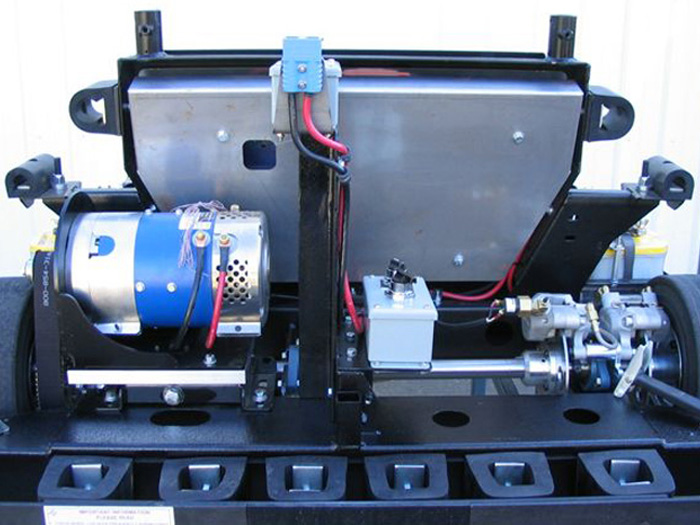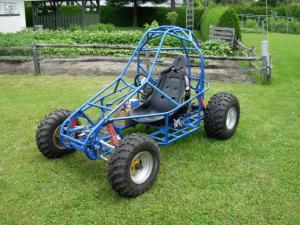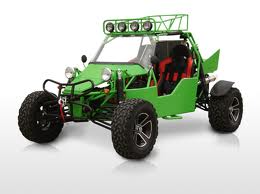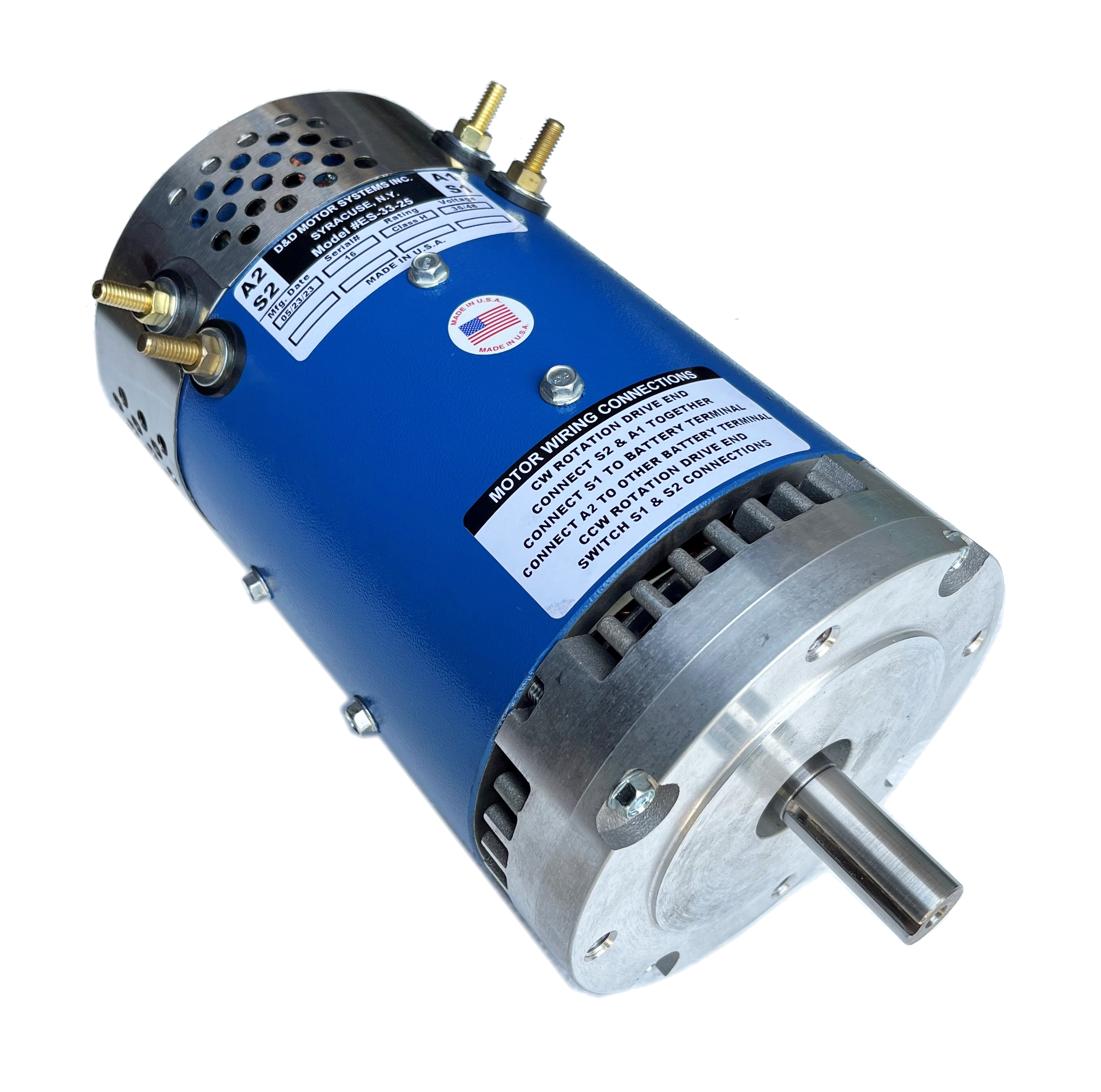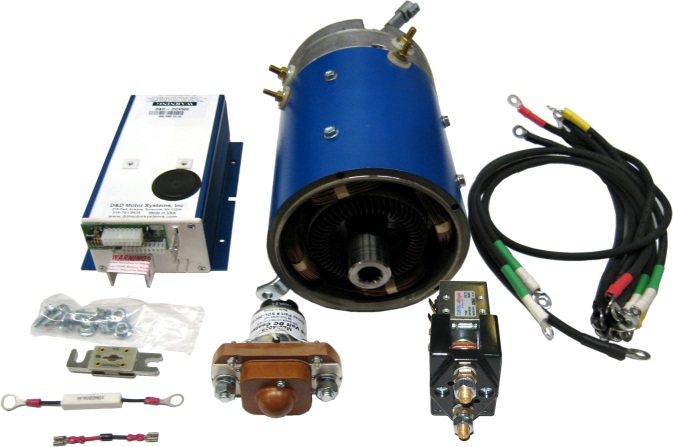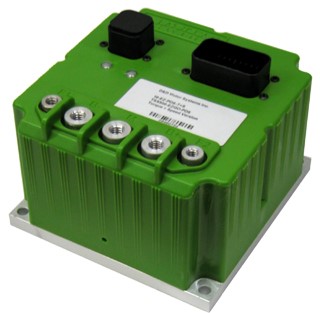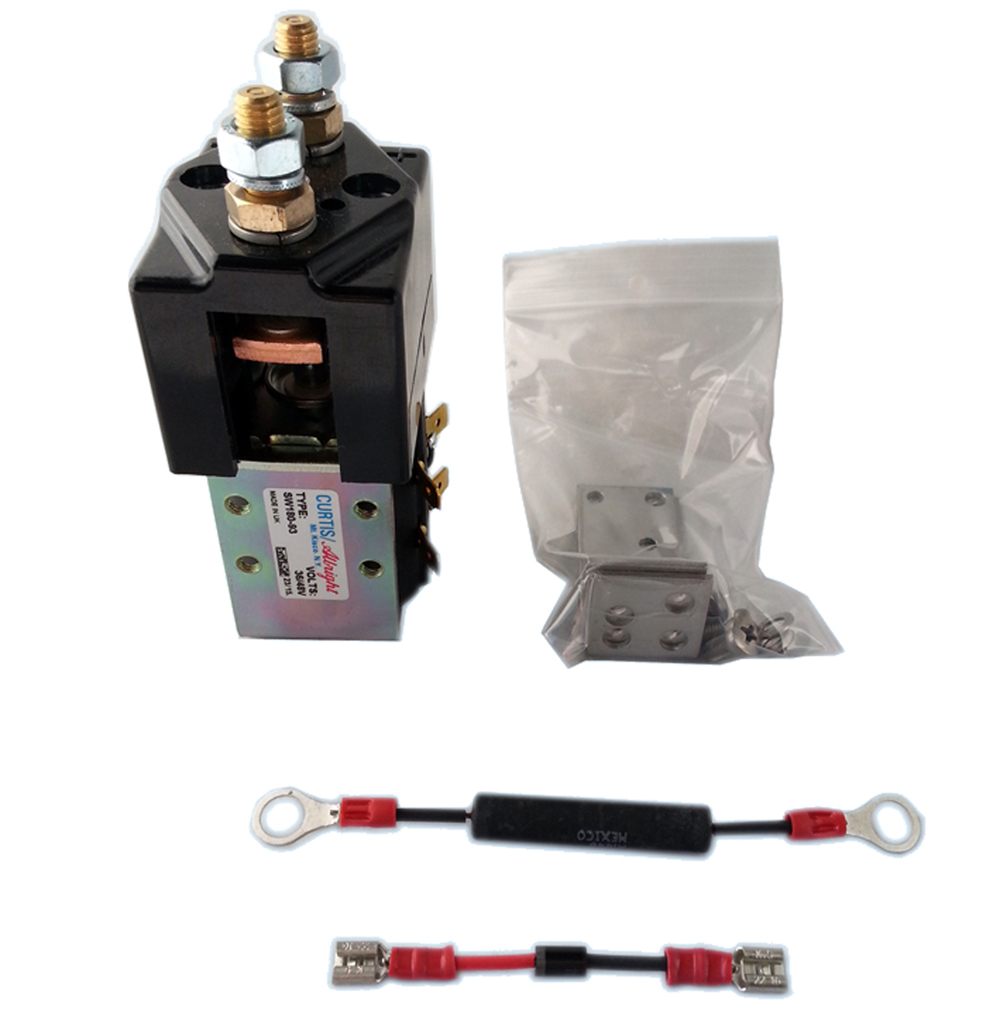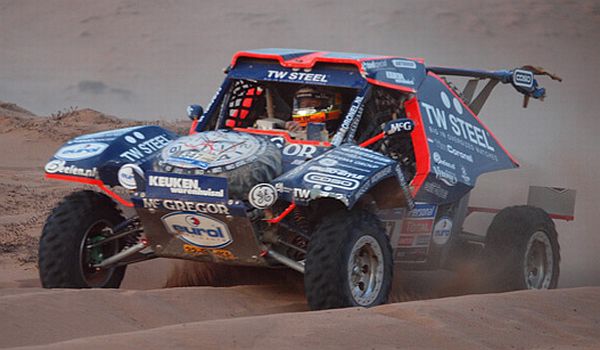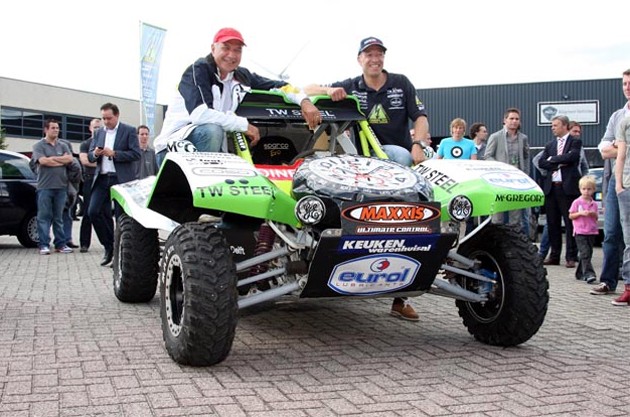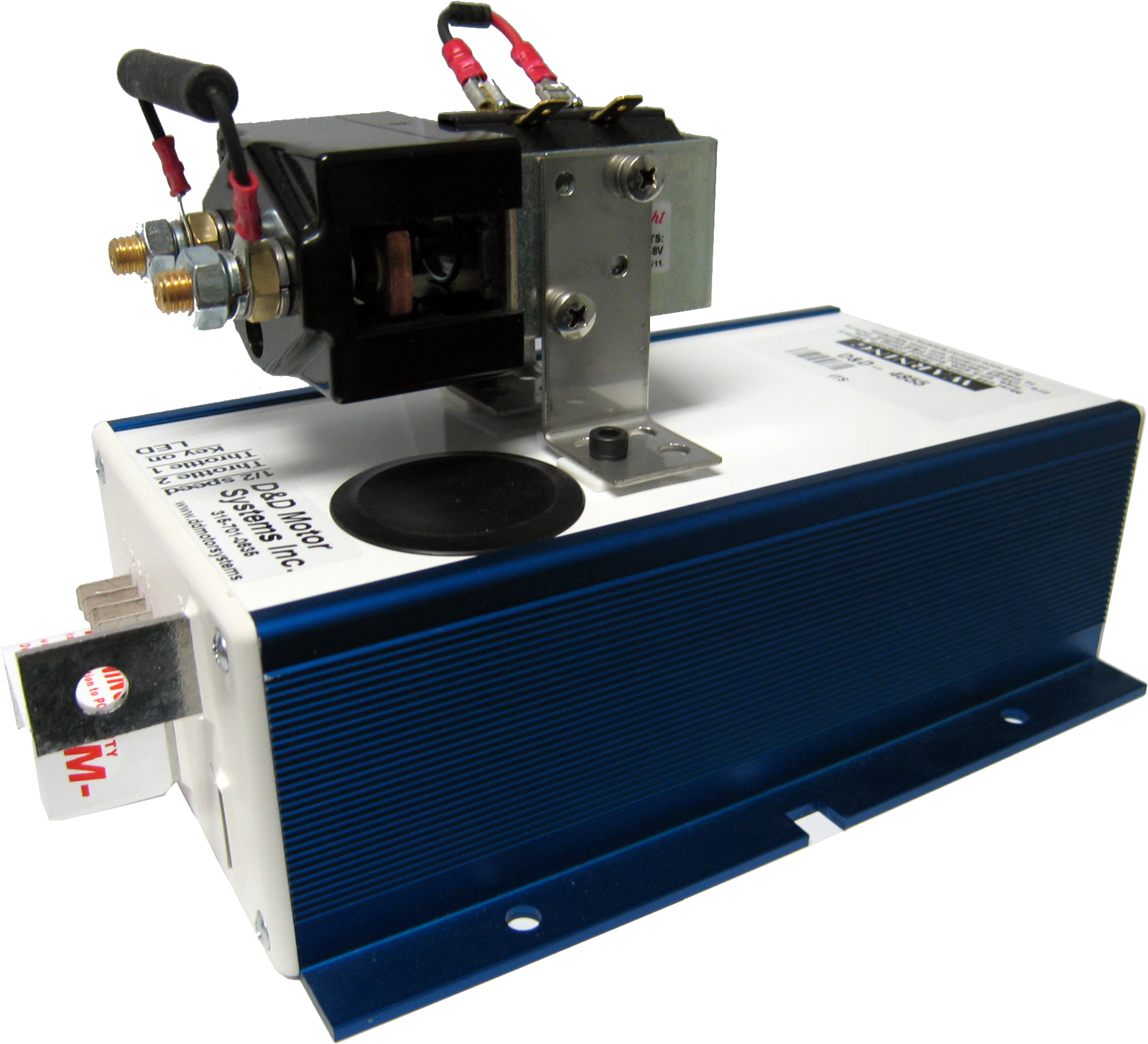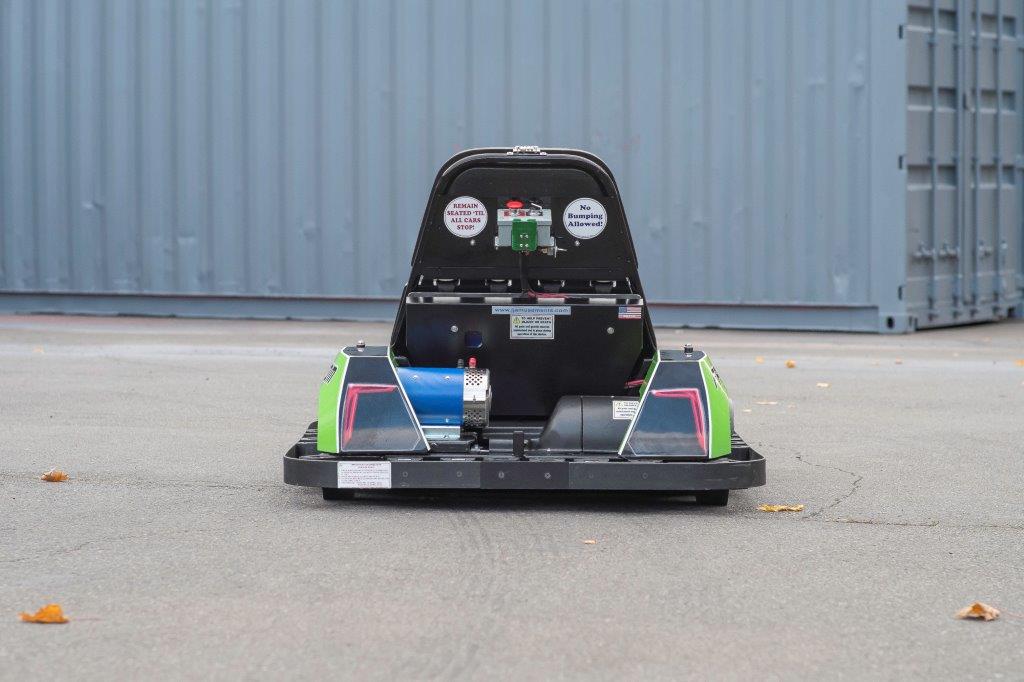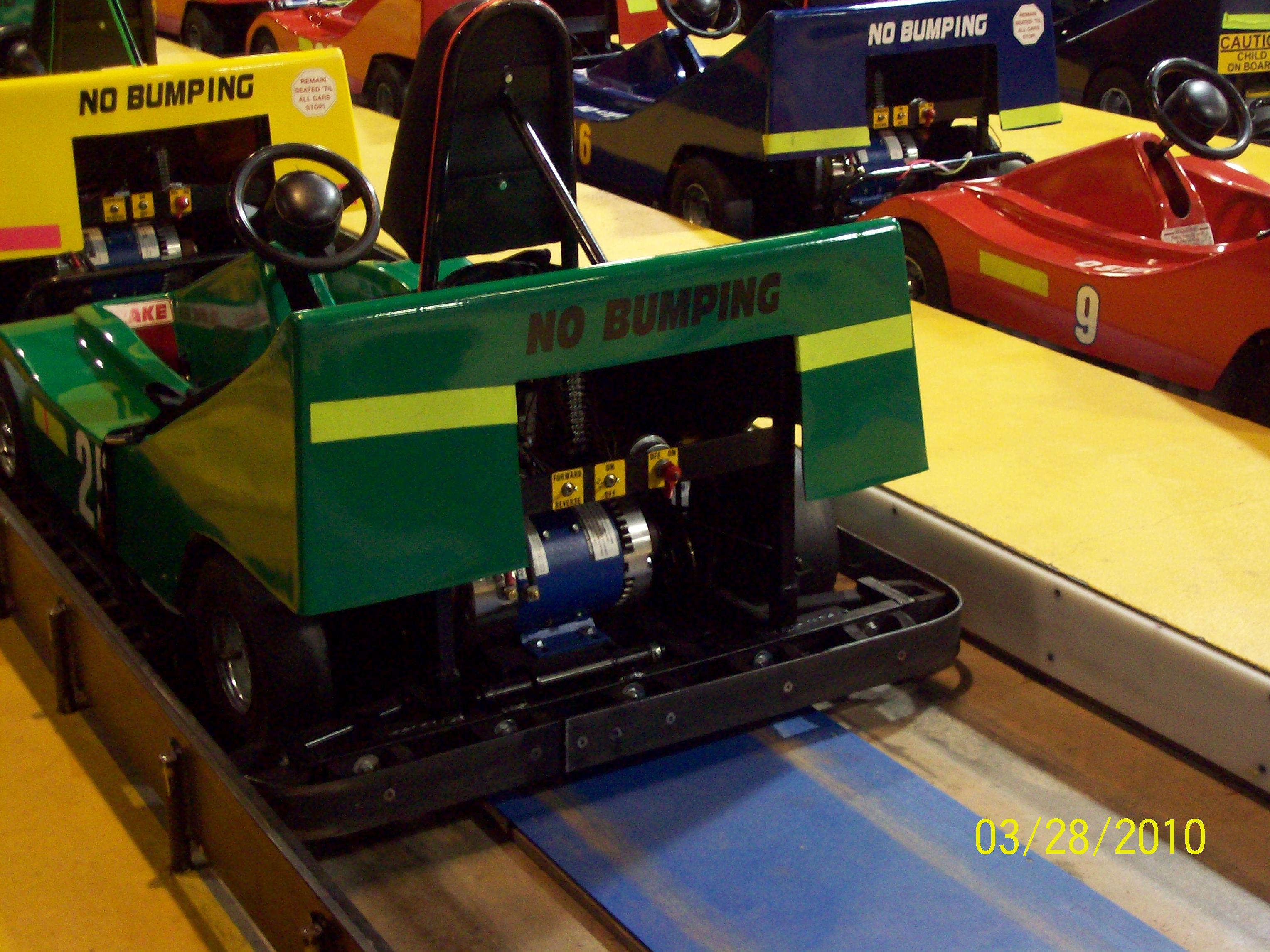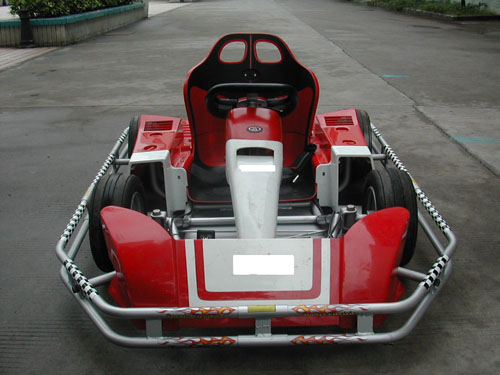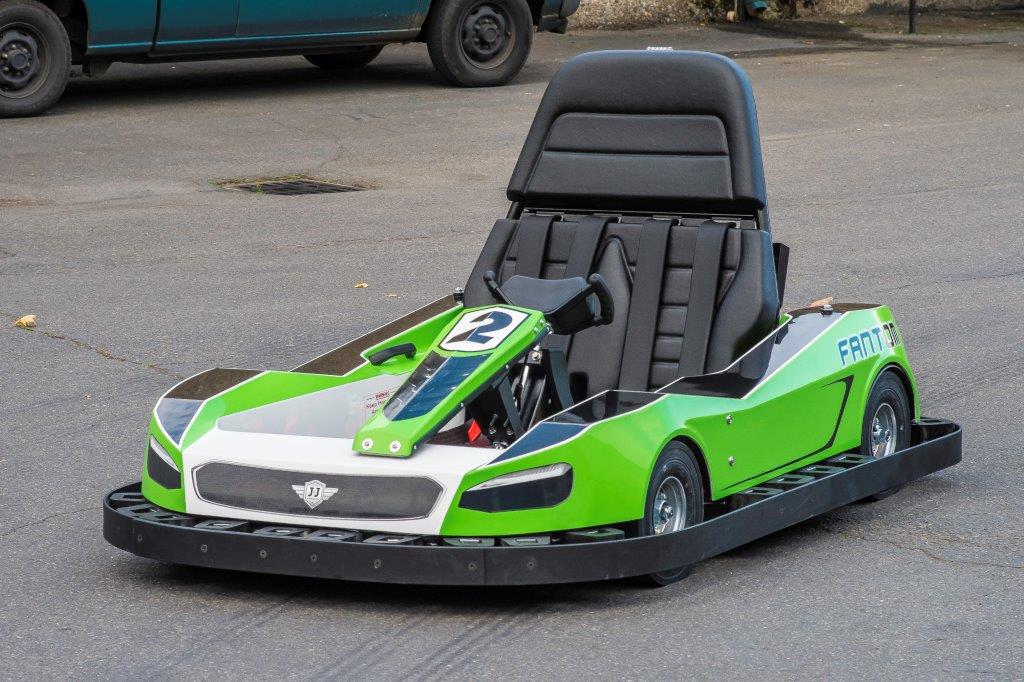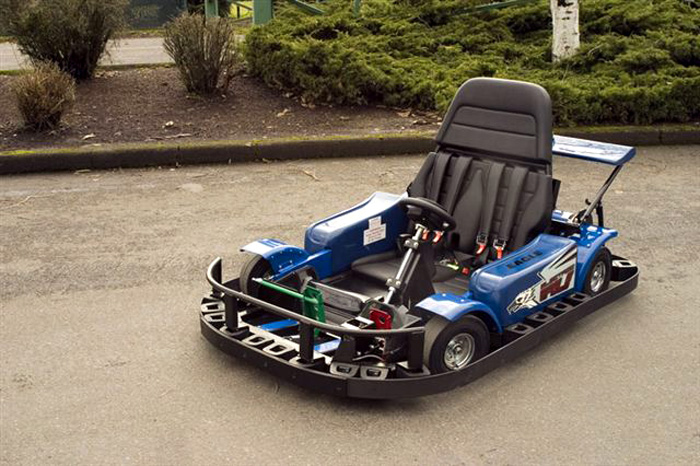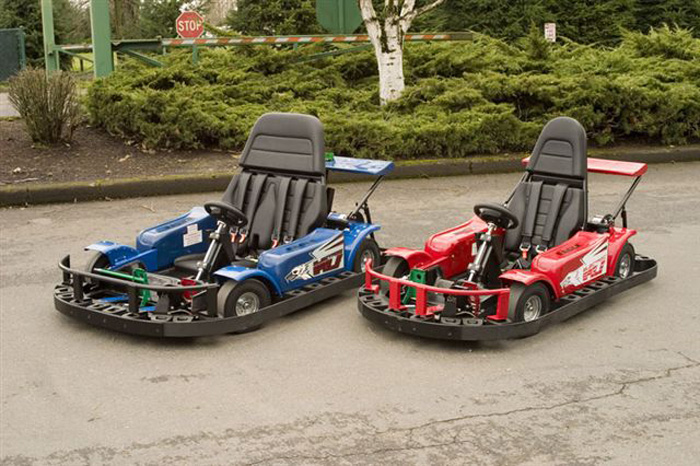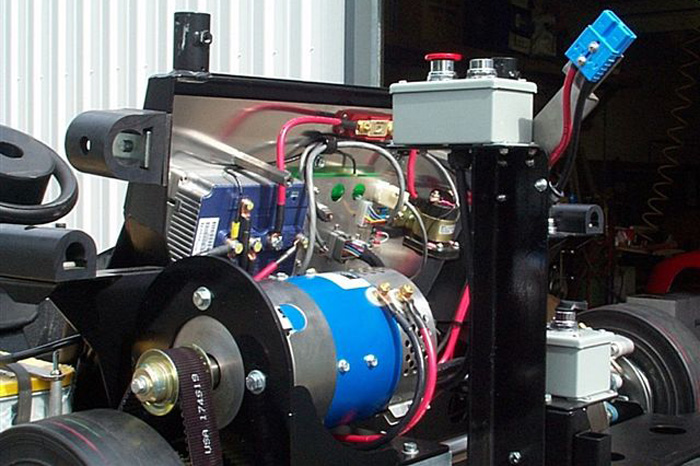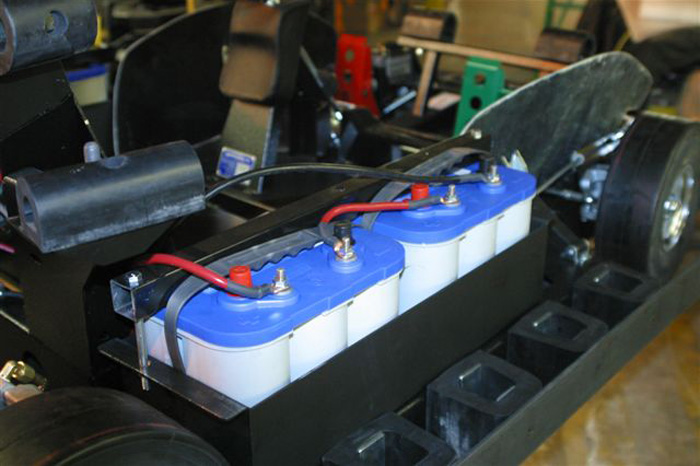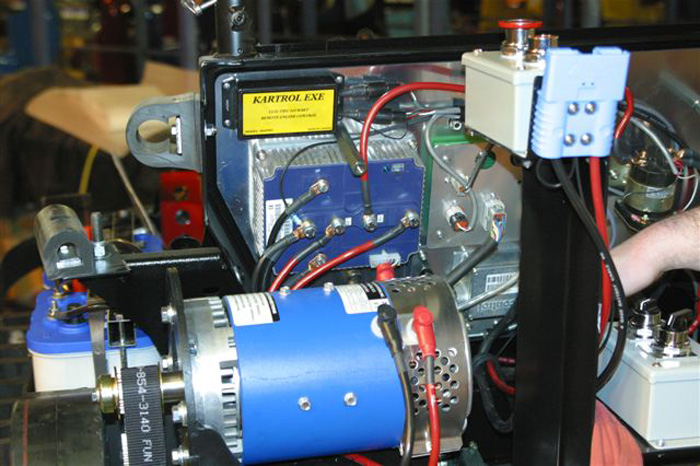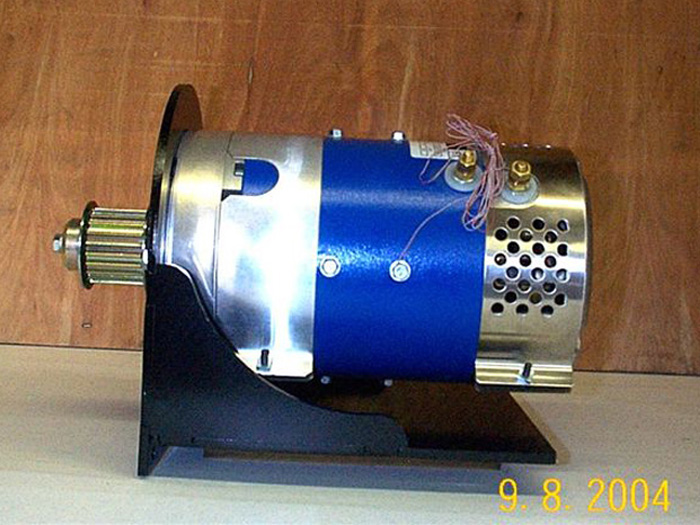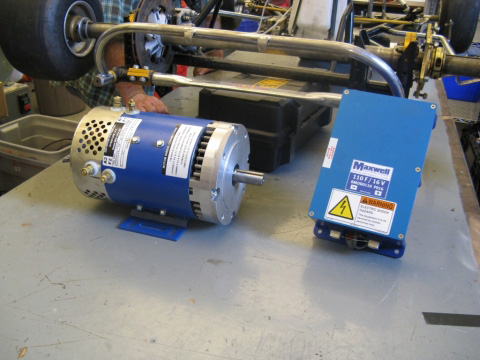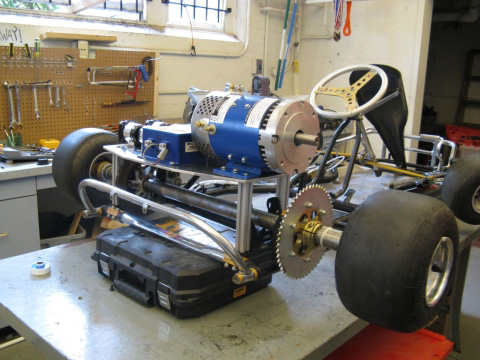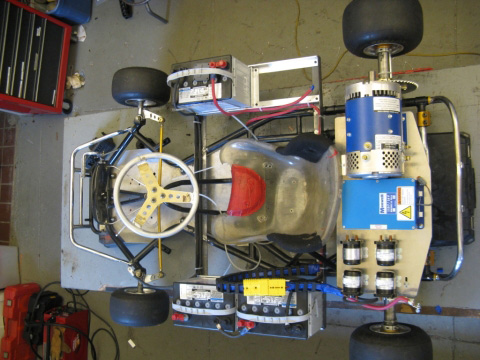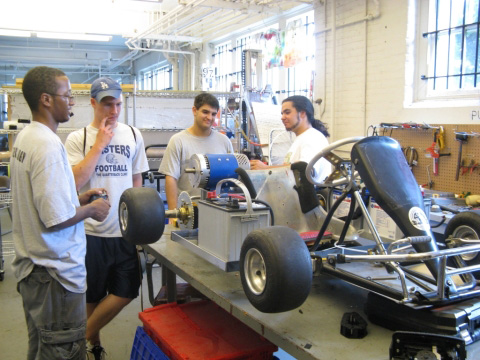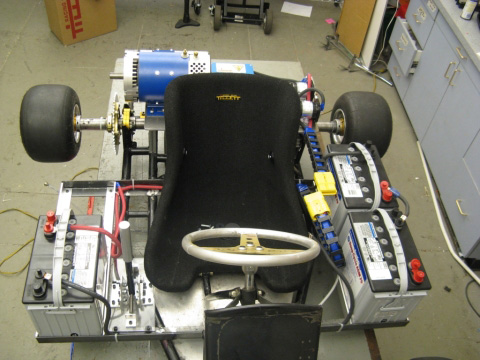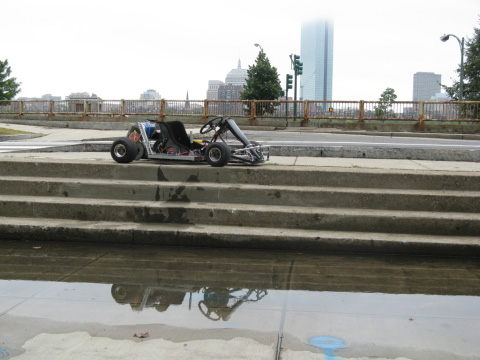×
FAQs Regarding Series and Regen Motors
Understanding the differences between motor types
What Is a Shunt or Regen or SEPEX Motor?
The shunt motor is different from the series motor in that the field winding is connected in parallel with the armature instead of in series. Since the field winding is placed in parallel with the armature, it is called a shunt winding and the motor is called a shunt motor.
Key Characteristics:
- Field Winding: Made of small-gauge wire with many turns (hundreds to thousands)
- Starting Torque: Very low starting torque compared to series motors
- Speed Control: Excellent speed regulation - maintains constant speed under varying loads
- Current Draw: Low current due to high resistance of shunt coil
How It Works:
When voltage is applied, the high resistance of the shunt coil keeps overall current flow low. As the armature begins to turn, it produces back EMF (electromotive force). This back EMF helps maintain constant speed - if the load increases and the motor slows down, less back EMF is produced, allowing more current to flow and increasing torque to maintain speed.
Speed Control Methods:
- Field Current Control: Adjusting voltage to the shunt field (10-20% speed variation)
- Armature Voltage Control: Regulating voltage applied to the armature winding
Important: Shunt motors maintain nearly constant speed, making them ideal for applications requiring consistent rpm despite load variations.
What Are Series DC Motors?
The series motor provides high starting torque and is able to move very large shaft loads when first energized. The field winding in this motor is wired in series with the armature winding - this gives the series motor its name.
Key Characteristics:
- Field Winding: Made of heavy-gauge wire or copper bar stock with few turns
- Starting Torque: Extremely high starting torque - can handle massive loads
- Current Capacity: Can safely carry very large currents (hundreds to thousands of amperes)
- Speed Variation: Speed varies significantly with load
How It Works:
Since the field carries the same current as the armature, when voltage is first applied, large current flows through both windings creating a very strong magnetic field. This produces maximum torque at startup. As the armature rotates, it generates back EMF which reduces current flow, automatically lowering torque as the load begins to move.
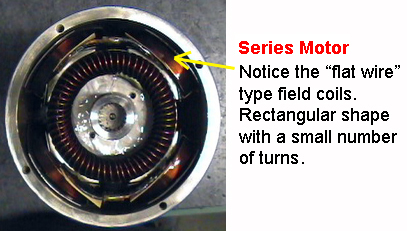
Series motor with flat wire field coils
Common Applications:
- Automobile starter motors (may draw 500+ amperes)
- Electric hoists and cranes
- Electric trains and traction systems
- Power tools (drills, saws, screwdrivers)
⚠ Warning - Runaway Risk: If a series motor loses its load (broken shaft, sheared pin), it can run away and destroy itself. The motor will accelerate uncontrollably, causing armature windings to be pulled loose by centrifugal force. Series motors should always have runaway protection.
Speed-Current Relationship:
Series motors have an inverse relationship between speed and current:
- Low current = High speed (light load or no load - dangerous!)
- High current = Low speed (heavy load - maximum torque)
Pros and Cons of Using Series vs Separately Excited (SEPEX) DC Motors
Series DC Motor
✓ Advantages:
- High Starting Torque: Ideal for traction applications (trains, cranes, elevators)
- Simple Design: Fewer components, easier maintenance
- Self-Regulating: Speed naturally decreases as load increases
- Low Cost: No external field power supply needed
✗ Disadvantages:
- Poor Speed Regulation: Speed varies significantly with load
- Runaway Risk: Can destroy itself if load is removed
- Limited Reversibility: Must switch both field and armature
- Not for Constant Speed: Unsuitable for precision applications
SEPEX/Regen/Shunt Motor
✓ Advantages:
- Excellent Speed Control: Precise speed control over wide range
- Stable Under Load: Maintains constant speed despite load changes
- Easy Reversibility: Simple to reverse direction
- Better Efficiency: Field excitation can be optimized for conditions
✗ Disadvantages:
- More Complex: Requires separate field power supply
- Lower Starting Torque: Not as strong as series motor at startup
- Additional Controls: Needs external speed controllers
- Higher Maintenance: More components to maintain
Quick Selection Guide:
Choose a Series DC Motor when:
- High starting torque is essential
- Speed variations under load are acceptable
- Applications: Traction systems, cranes, hoists, starter motors
Choose a Separately Excited (SEPEX/Regen/Shunt) DC Motor when:
- Precise speed control is required
- Stable speed operation is essential
- Applications: Industrial machinery, robotics, manufacturing equipment

Series Motor
Flat wire field coils
Few turns, heavy gauge
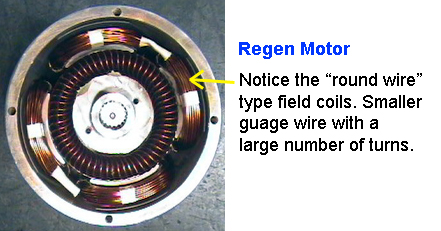
Shunt/Regen Motor
Round wire field coils
Many turns, fine gauge
Need help determining which motor type is right for your application?
Contact our technical team for personalized recommendations.

